There is another way to get smooth, progressive tone on the paper that doesn’t involve applying medium with a pencil and then blending it smooth.
That way is to paint the tone directly on the paper.
Painting in charcoal or graphite dust creates different textures depending on how it’s applied and blended out.
The first step is to collect the dust, which is very simple if you use a piece of sandpaper to sharpen your pencils.
Simply place a piece of paper rolled slightly at the bottom beneath the sandpaper and then every so often tap the sandpaper onto the paper.
Transfer the dust from the paper to a small cup with a tight fitting lid, and soon you’ll have enough dust to paint with.
Keep your dust free from wood shavings by sharpening your pencils in the traditional method somewhere else.
For very smooth tone, dip a soft, dry flat brush into a small amount of pencil dust and apply it to the page in smooth strokes, beginning in the darkest areas.
It’s very important to keep the brush moving, and to avoid changing directions as you apply tone in order to keep the tone natural looking.
Blow the excess dust away or tap the drawing over a piece of paper to recapture the dust and funnel it back into the holding cup.
Don’t wipe excess dust off the drawing, or it will smudge.
For a more textured look, try tapping dust directly on the paper and blending it out with a brush or with a piece of paper.
The finished product will pick up more of the underlying paper’s texture and may be useful for creating certain fabrics or rough objects.
The smoothness of the tone will also vary according to the brush you use to paint the dust with.
Flat brushes deliver the most uniform tone, and round brushes produce the darkest tones wherever the tip touches down first.
Fan brushes or rough bristle brushes aren’t suitable for smoothing skin tone, but can give you interesting textures that are nearly impossible to reproduce by any other means.
Learn how to draw portraits like a master with our latest portrait mastery drawing course.
It’s just like having your own drawing teacher guide you step-by-step along the way without the expensive price tag.
No more smudgy mess with black and white that looks like a first grader whipped up in art class.
“Portrait Mastery” is generously illustrated showing you step-by-step just how to create a real life portrait.



